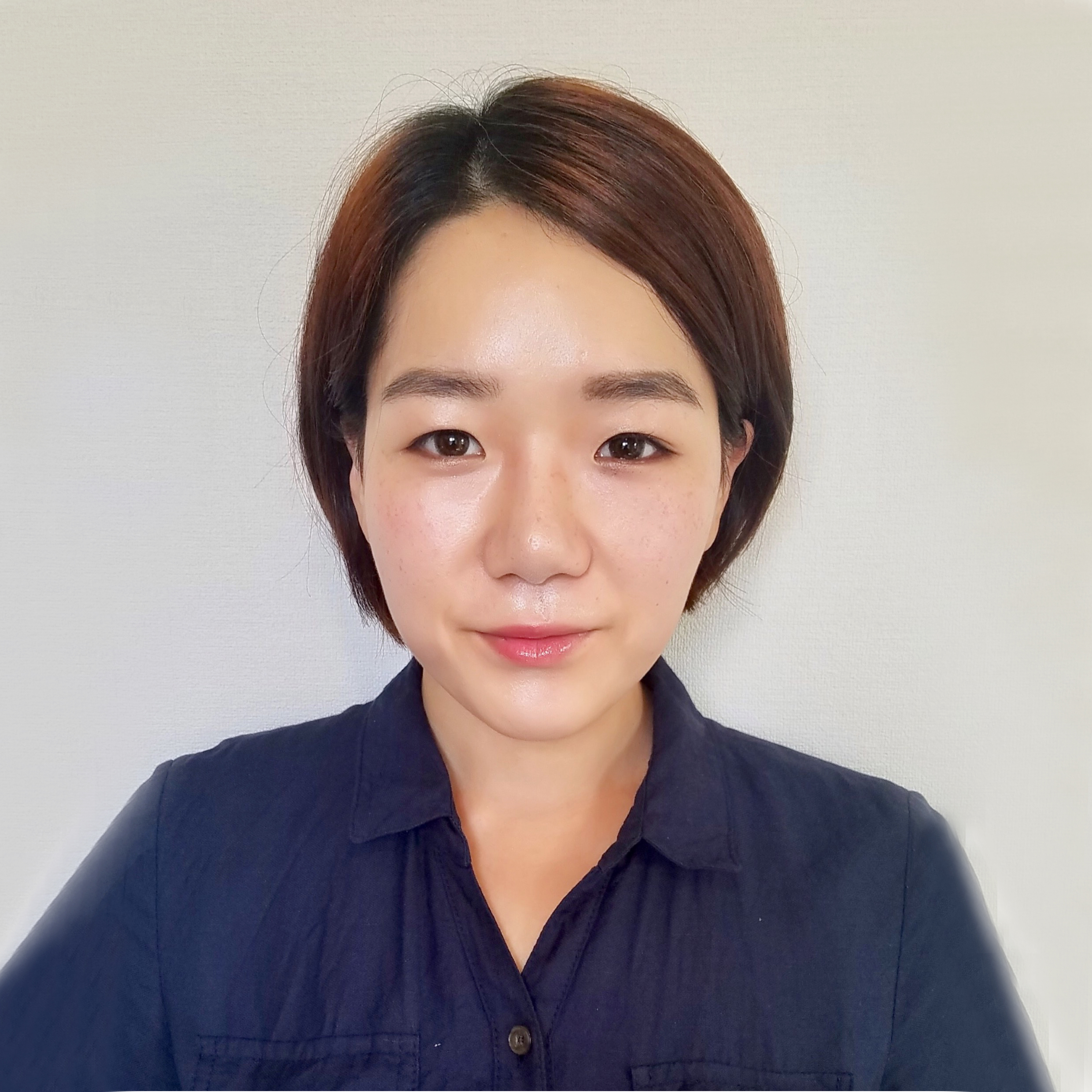
Dr Yaerim Lee
Postdoctoral Fellow
Department of Mechanical Engineering
The University of Tokyo
Yaerim Lee (born May 25, 1987) is a Korean postdoctoral researcher at the University of Tokyo. She spent her school days in Seoul and was selected as a scholarship student by "Japan-Korea Joint Government Scholarship Program for the Students in Science and Engineering Departments" when she was a high-school student. She received her BS degree (2011) from the Department of Mechanical Engineering at the Nagoya Institute of Technology (NIT) with the support of the scholarship program. After graduation of NIT, she entered the University of Tokyo and received her MS (2013) and PhD (2017) degrees in Mechanical Engineering. Her research specialty includes periodic and metallic plasmonic nanostructures, and their applications for optical sensors/devices. Her current postdoctoral research project includes control of surface wettability, water condensation and freezing phenomenon of micro-nano structures for energy saving heat exchanger. She married during her doctorate studies, and is now a mother of two sons.
Coupled Plasmons in Nanosphere Architecture for Surface-enhanced Raman Scattering
Plasmon resonances in metallic nanoparticles are localized electromagnetic (EM) resonances which induce strong light confinement. In particular, small gaps between nanoparticles or nanostructures can provide coupled plasmons with significant EM amplification necessary for applications such as bioassays, nano-lens, and surface-enhanced Raman scattering (SERS). As for SERS, the plasmon inducing large power concentration in the gaps notably enhances interactions between light and molecules and thus can achieve single molecule detection. However, nanogaps produced between nanostructures have suffered from the lack of controllability even with state-of-the-air nano-fabrication techniques. In this regards, metallic particle-film is noteworthy to get robust geometrical stability also having plasmon coupling similar to that of the nanoparticle dimer. Taking the sphere-film structure as a starting point for its straightforward fabrication technique, we focused on the sphere-film in contact system with well-controlled gap space near the contact. In this study, we propose a novel nanostructure by trapping Au nanospheres in inverse pyramidal hole arrays to create multiple, uniform and reproducible geometrical gaps near the contact points. The combined nanostructure, referred to as SIP (spheres in pyramids), supports plasmon hybridization due to mirroring of gap plasmons and induces much stronger EM enhancement at normal incidence when compared to the contacting sphere-film structure. SIP achieves 64 % of the total EM field enhancement obtained from the sphere-spacer-film structure with a 0.6 ~ 0.8 nm thick spacer. In a word, it is possible to access the limit of achievable plasmonic enhancement utilizing metallic contacts properly as demonstrated by SIP.